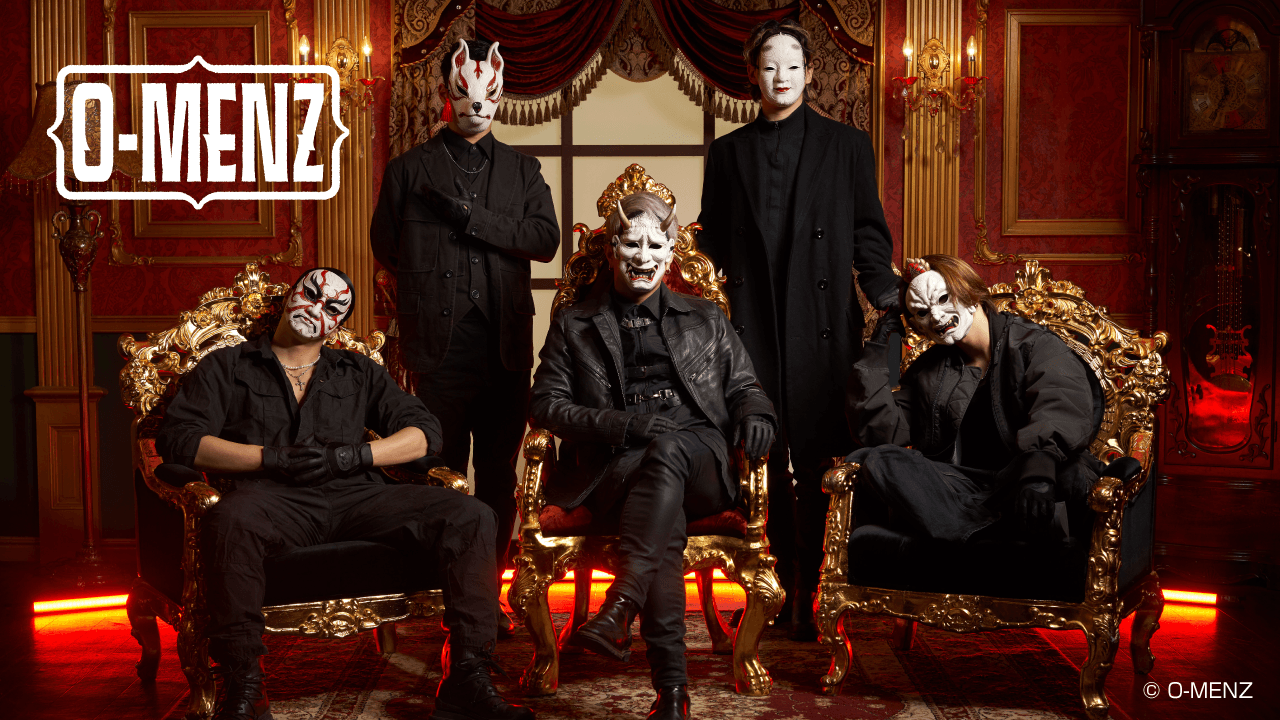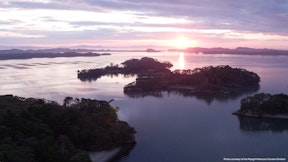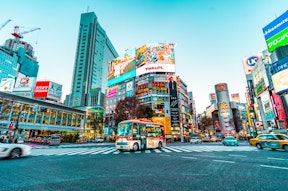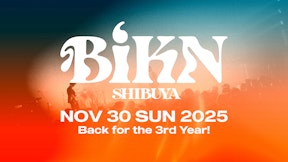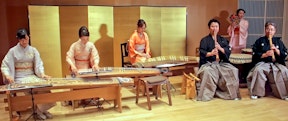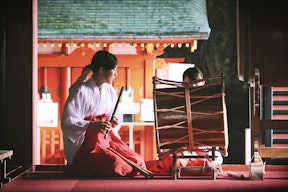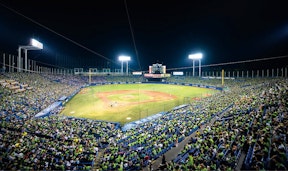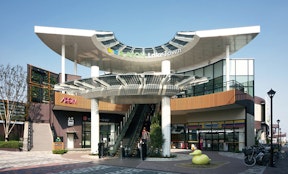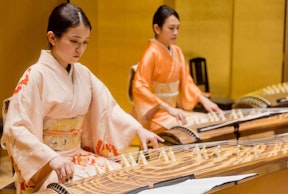Must-Visit Spots for Tokyo Sightseeing (East Tokyo Edition)|Top Places You Shouldn’t Miss
Nov 26,2025 Update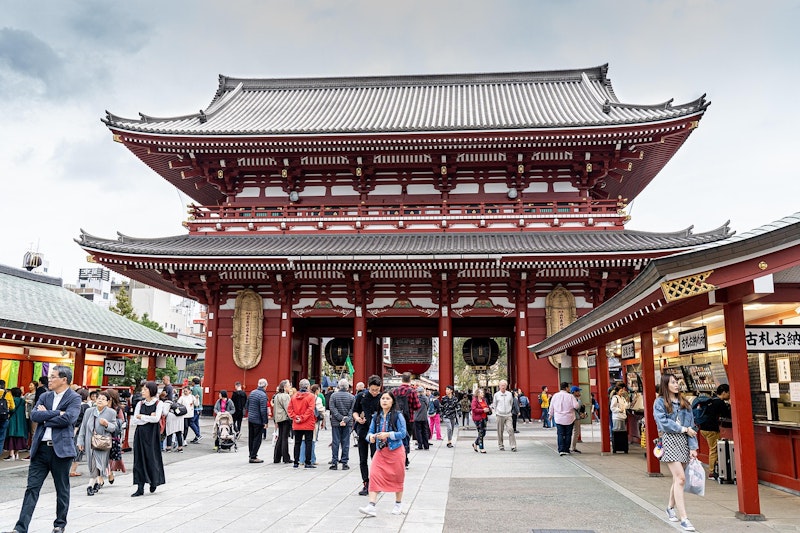
In our previous article, we introduced the charms of western Tokyo, where nature, tradition, and modern culture blend beautifully.
This time, we’ll take you on a journey through eastern Tokyo — a side of the city full of character and local life. The east side of Tokyo is home to nostalgic alleyways, lively shopping streets, and iconic landmarks that capture Japan’s timeless spirit. Unlike the refined atmosphere of the west, the east offers warmth, history, and a glimpse into the everyday life of Tokyoites. In this article, we’ll introduce must-visit spots in eastern Tokyo where you can discover a whole new side of the city.
Table of Contents
1. 10 Must-Visit Tourist Spots in Eastern Tokyo
1-1. Tokyo Skytree
1-2. Sensoji Temple
1-3. Tokyo Metropolitan Art Museum
1-4. National Museum of Nature and Science
1-5. Ryogoku Kokugikan
1-6. Hie Shrine
1-7. East Gardens of the Imperial Palace
1-8. Kabuki-za Theatre
1-9. Ginza Street
1-10. Tsukiji Outer Market
Summary
1. 10 Must-Visit Tourist Spots in Eastern Tokyo
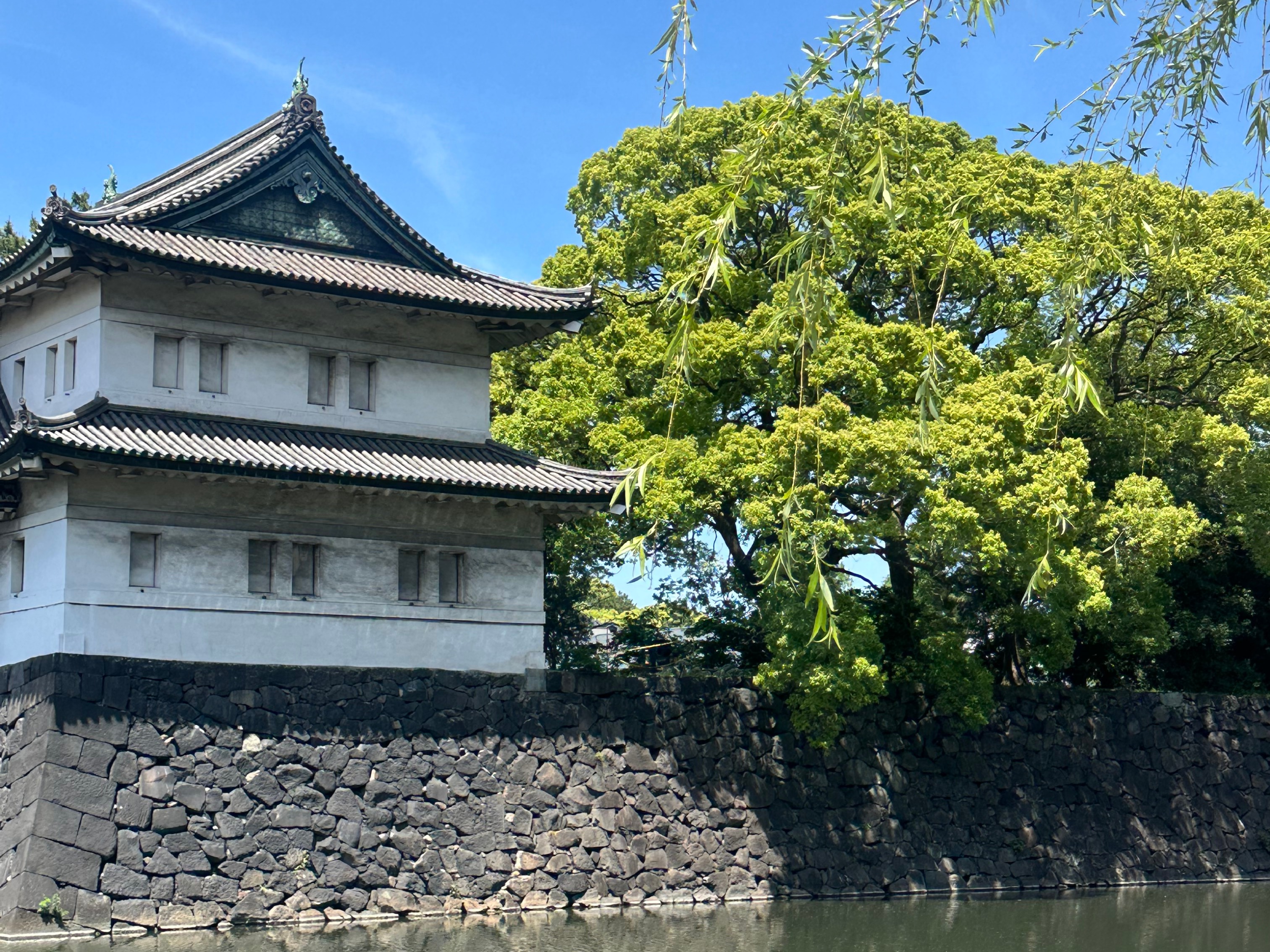
If you're planning a trip to Tokyo, it’s a great idea to start by exploring the must-see attractions in the eastern area. This part of Tokyo blends traditional charm with modern urban culture, offering something new to enjoy for both first-time and returning visitors. In this article, we’ll introduce 10 popular sightseeing spots in Eastern Tokyo, along with essential information about each location — perfect for planning your next trip.
1-1. Tokyo Skytree
Tokyo Skytree is a 634-meter-tall self-supporting broadcasting tower located in Sumida ward, Tokyo, which opened in 2012. This height, derived from the wordplay "Musashi," also references the old provincial name Musashi Province. While serving as the world's tallest broadcasting tower for terrestrial digital broadcasting, it has become a popular tourist attraction representing Tokyo. The observation decks offer panoramic views of Tokyo's cityscape, and on clear days, you can see as far as Mount Fuji. The surrounding area includes commercial facilities with shopping malls and an aquarium, making it an enjoyable destination for visitors of all ages.
Access | Immediately from Tobu Skytree Line "Tokyo Skytree Station" or Tokyo Metro Hanzomon Line "Oshiage (Skytree-mae) Station" |
|---|---|
Opening Hours | Weekdays 10:00~22:00 Weekends 9:00~22:00 |
Official Website | |
Location |
1-2. Sensoji Temple
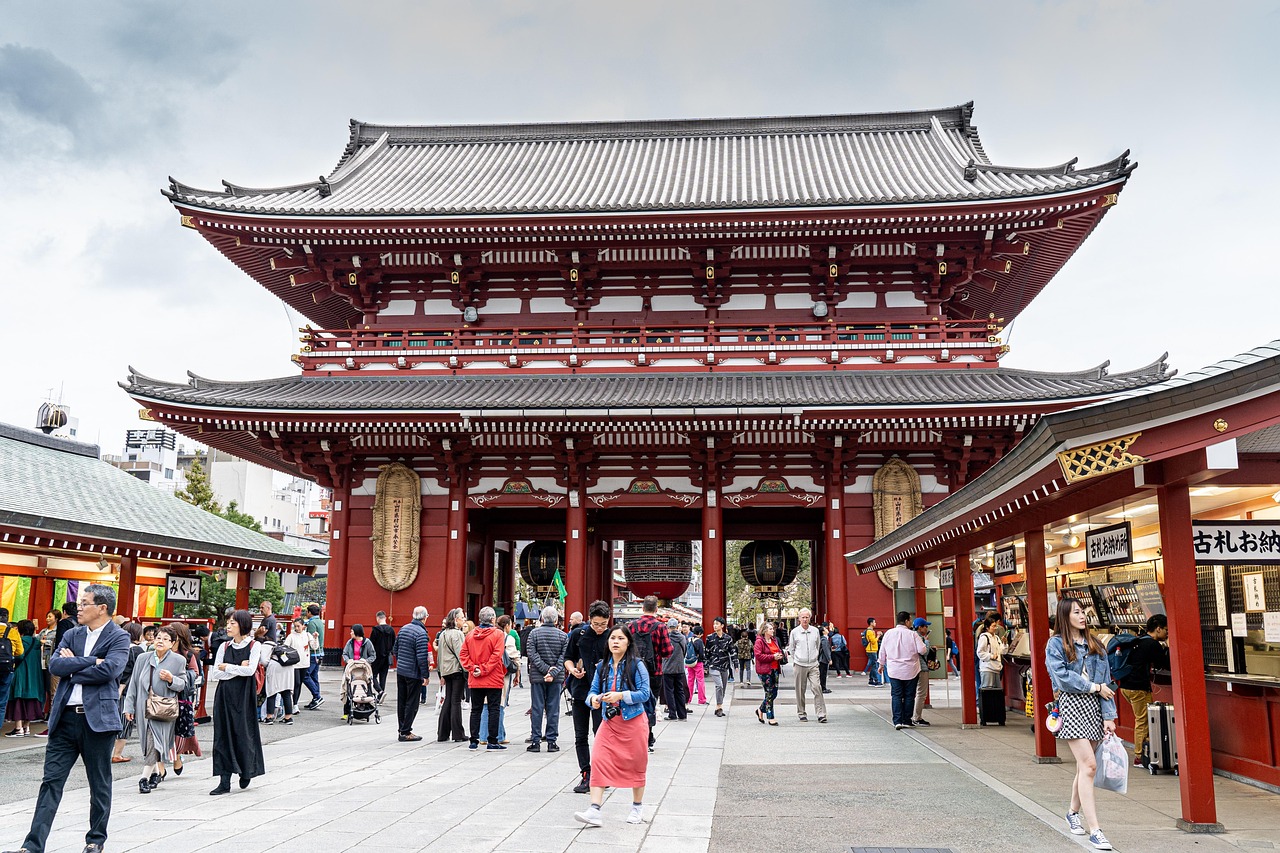
Sensoji Temple is Tokyo's oldest temple, originating in 628 when fisherman brothers pulled up a Kannon statue from the Sumida River. During the Heian period, Jigaku Daishi restored it, and it has been deeply revered by warriors and commoners throughout the Kamakura, Muromachi, and Edo periods. Having survived numerous fires and disasters, it remains one of Japan's premier destinations with approximately 30 million annual visitors. The grounds feature the Main Hall, Five-Story Pagoda, Kaminarimon Gate, and other structures, while Nakamise Street offers souvenirs and traditional sweets. Popular customs include bathing in incense smoke for health, and seasonal events like the Chinese Lantern Plant Market and Hagoita Market, preserving the atmosphere and religious culture of old Edo.
Access | 5 minutes walk from various lines to "Asakusa Station" |
|---|---|
Opening Hours | 6:00~17:00 ※October-March: |
Official Website | |
Location |
1-3. Tokyo Metropolitan Art Museum
The Tokyo Metropolitan Art Museum is Japan's first public art museum, opened in 1926, notable for its distinctive brick-colored exterior nestled in Ueno no Mori. It hosts diverse exhibitions including special exhibitions featuring masterpieces from Japan and abroad, independent planned exhibitions, and public exhibitions, while also focusing on art communication projects that connect people through art. Features include special viewing sessions for children and people with disabilities, creating a place where everyone can enjoy art. The museum also houses restaurants, cafés, and a museum shop. It serves as a cultural hub where visitors can fully appreciate the charm of art while strolling through the lush Ueno Park.
Access | 7 minutes walk from JR "Ueno Station" Park Exit |
|---|---|
Opening Hours | 9:30~17:30 |
Official Website | |
Location |
1-4. National Museum of Nature and Science
The National Museum of Nature and Science is one of Japan's oldest comprehensive science museums, established in 1877, and the only national cultural institution covering natural history and science technology history. The collection includes over 4.9 million specimens and materials, with approximately 25,000 on permanent display. The Ueno Main Building is divided into the "Japan Gallery" and "Global Gallery," featuring diverse exhibitions themed around the coexistence of humanity and nature. Outdoor displays include large exhibits like the D51 steam locomotive and Lambda rocket launcher, making it an enjoyable spot for learning and discovery across generations.
Access | 5 minutes walk from JR "Ueno Station" Park Exit |
|---|---|
Opening Hours | 9:00~17:00 |
Official Website | |
Location | 7-20 Uenokoen, Taito City, Tokyo 110-8718 |
1-5. Ryogoku Kokugikan
Ryogoku Kokugikan is known as the "sacred ground of sumo" as Japan's only facility dedicated to professional sumo wrestling. At the entrance, visitors are greeted by a woodblock print depicting Nomi no Sukune and Taima no Kehaya, Japan's oldest sumo tale. The venue features box seats surrounding the ring and traditional "tea house" services that evoke the atmosphere of Edo period culture, allowing visitors to experience the appeal beyond just watching matches. In Tokyo, tournaments are held in January, May, and September, and when not hosting sumo events, the venue is used for concerts and sports events.
Access | 2 minutes walk from JR "Ryogoku Station" |
|---|---|
Opening Hours | Varies by events |
Official Website | |
Location |
1-6. Hie Shrine
Hie Shrine is a venerable shrine located in Akasaka, Tokyo, locally known as "Sanno-san." The main deity is Oyamakui-no-kami, believed to provide various blessings including matchmaking, safe childbirth, protection from evil, and business prosperity. Originally serving as the guardian shrine of Edo Castle, it received deep reverence from the Tokugawa family and was respected by citizens as the patron deity of Edo. The biennial "Sanno Festival" is counted among the three great festivals of Edo, featuring spectacular processions and portable shrine parades.
Access | 3 minutes walk from Tokyo Metro Chiyoda Line "Akasaka Station" 3 minutes walk from Tokyo Metro Namboku Line・Ginza Line "Tameike-sanno Station" |
|---|---|
Opening Hours | 6:00~17:00 |
Official Website | |
Location |
1-7. East Gardens of the Imperial Palace
【時に九月天高く🍃】
— 国民公園協会 皇居外苑 広報 (@KG_info_kyokai) September 27, 2025
空が青く澄み渡る長月、風に秋の気配を感じる頃。松の幹に身を預け、柔らかな芝に坐し、お気に入りの一冊と過ごすひと時。季節の移ろいと共に過ごす読書の時間を、ささやかな心の贅沢として楽しまれてはいかがでしょうか。#皇居外苑 #散策 #読書の秋 pic.twitter.com/Mk0Et5NQek
The East Gardens of the Imperial Palace is a public garden attached to the Imperial Palace, created by developing parts of the former Edo Castle's Honmaru, Ninomaru, and Sannomaru areas. The 210,000-square-meter site contains historical remains such as the Tenshu-dai (castle tower foundation), Honmaru ruins, and Hyakunin-bansho (guardhouse), preserving traces of the castle's past. The Ninomaru Garden offers seasonal flowers, with spring dogwood and autumn foliage as highlights. The Museum of the Imperial Collections displays art pieces related to the Imperial family. Accessible through Ote-mon Gate, Hirakawa-mon Gate, and Kita-hanebashi-mon Gate, it's beloved as a space where nature and history merge in the heart of the city.
Access | 3 minutes walk from various lines to "Otemachi Station" 5 minutes walk from Tokyo Metro Tozai Line "Takebashi Station" |
|---|---|
Opening Hours | March 1 - April 14: April 15 - August 31: September 1 - September 30: October 1 - October 31: November 1 - February 28: |
Official Website | https://www.kunaicho.go.jp/event/higashigyoen/higashigyoen.html |
Location |
1-8. Kabuki-za Theatre
Kabuki-za Theatre has been passed down as Japan's leading grand theater since its founding in 1889, through multiple reconstructions. The current fifth-generation Kabuki-za was completed in 2013, maintaining traditional design elements while incorporating state-of-the-art stage technology. With over 1,800 seats, casual theater experiences are possible through single-act viewing seats. The Kobikicho Plaza inside allows visitors to purchase kabuki-related goods and souvenirs even without performance tickets. Located conveniently with direct access to Higashi-ginza Station, it's an essential Tokyo sightseeing spot where you can experience the essence of Japanese culture.
Access | Directly connected to Tokyo Metro Hibiya Line・Toei Asakusa Line "Higashi-ginza Station" 5 minutes walk from Tokyo Metro Ginza Line・Marunouchi Line・Hibiya Line "Ginza Station" |
|---|---|
Opening Hours | Varies by performance schedule and store |
Official Website | |
Location |
1-9. Ginza Street
Ginza Street is one of Japan's premier shopping streets, ranking alongside New York's Fifth Avenue and London's Oxford Street. While featuring long-established department stores like "Wako" and "Mitsukoshi" alongside luxury brand flagship stores, it also offers stores beloved by a wide range of customers, including "Uniqlo" and the century-old stationery store "Itoya." On weekend and holiday afternoons, it becomes a pedestrian paradise where visitors can leisurely stroll through the glamorous streetscape. The landmark Ginza 4-chome intersection is famous as an iconic cityscape.
Access | Immediately from various lines to "Ginza Station" |
|---|---|
Opening Hours | Varies by store |
Official Website | |
Location |
1-10. Tsukiji Outer Market
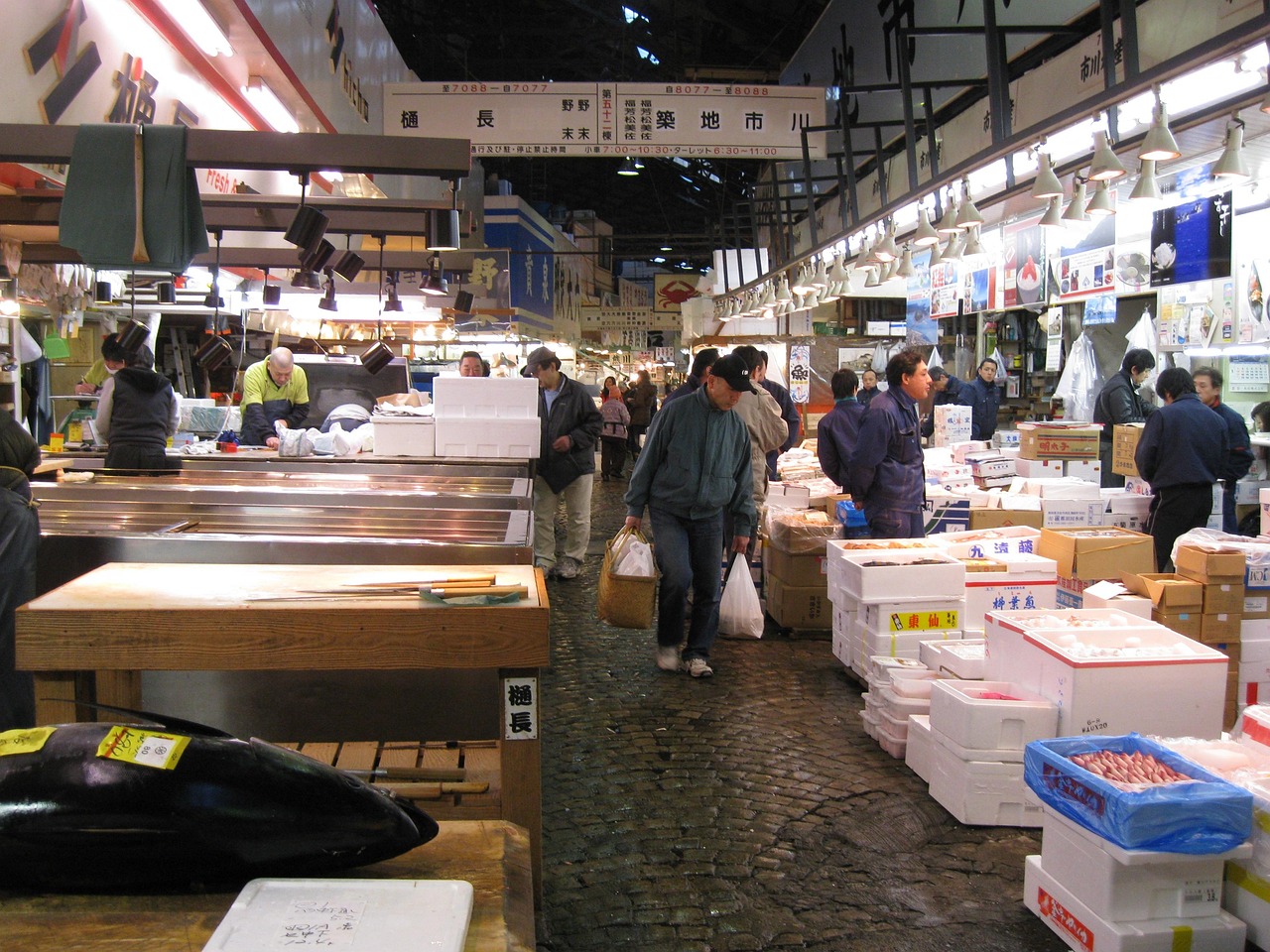
Tsukiji Outer Market is one of Japan's leading comprehensive food markets, offering everything from fresh fish to produce, meat, dried goods, seasonings, and cooking utensils. Visiting in the morning allows you to experience the lively procurement activities and market atmosphere. Beyond shopping, you can enjoy street food, sushi, and seafood rice bowls, along with Namiyoke Shrine, long-established tamagoyaki (rolled egg) shops, and specialized cooking equipment stores, catering to everything from tourism to daily shopping needs. It attracts many visitors from Japan and abroad as a spot where you can fully experience food culture.
Access | 1 minute walk from Toei Oedo Line "Tsukijishijo Station" 1 minute walk from Tokyo Metro Hibiya Line "Tsukiji Station" |
|---|---|
Opening Hours | Varies by store |
Official Website | |
Location |
Summary
If western Tokyo represents the harmony between nature and modern culture, eastern Tokyo embodies the vibrant energy of people and city life. From riverside scenery to streets where tradition and modernity coexist, and from delicious local food to bustling shopping districts — this area is full of discovery. As you explore the spots introduced here, experience Tokyo’s dual personality and enjoy a completely different charm waiting for you in the east.
*This article was created based on information as of October 2025.

